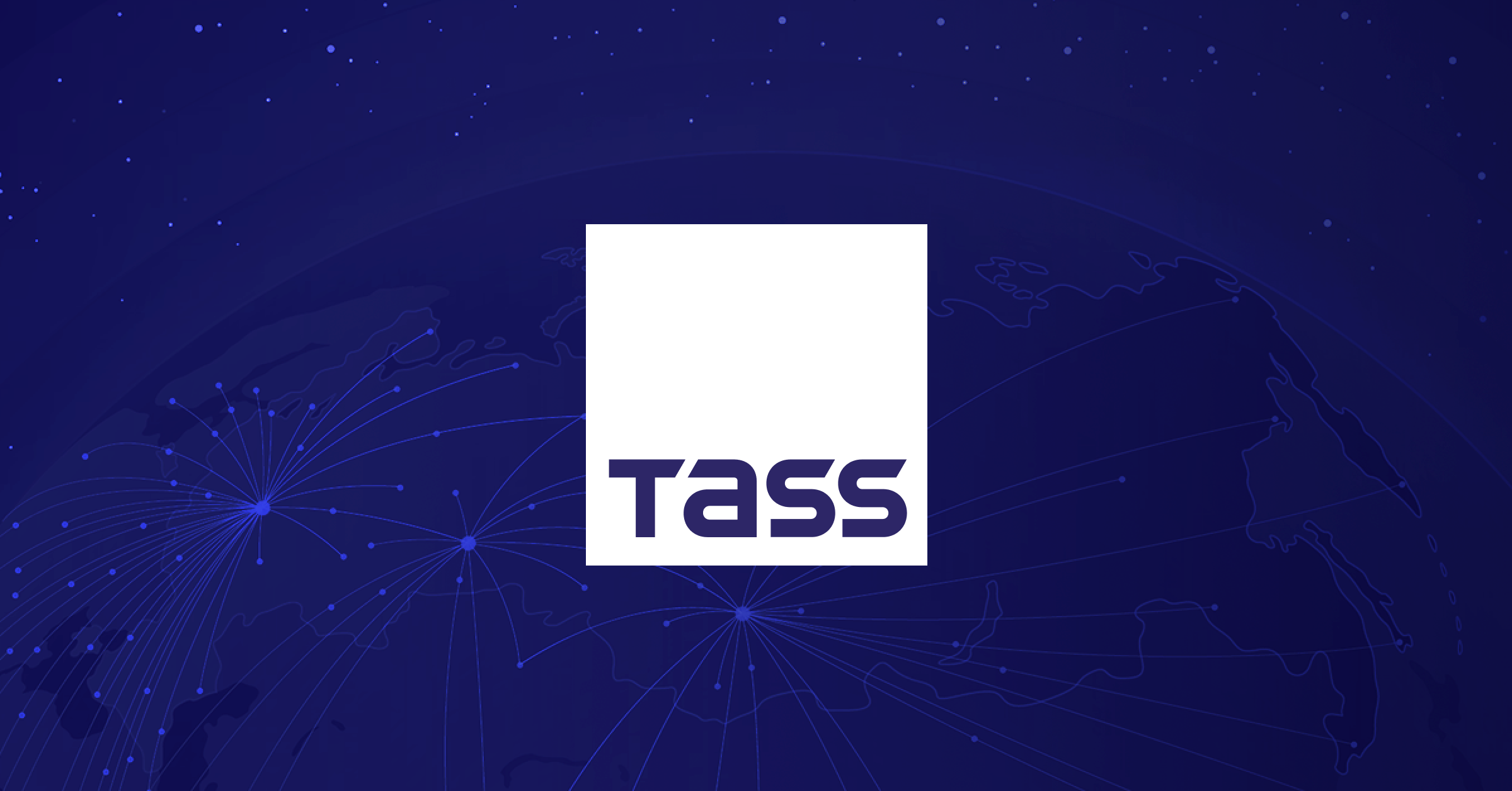Copyright Project Syndicate

JAKARTA/KUALA LUMPUR – For decades, integration into the global trading system has been vital to economic growth and development. Now, however, integration implies vulnerability, as powerful actors – beginning with the United States – wield tariffs, export restrictions, and financial sanctions. For Southeast Asia, this turn of events represents both a warning and a call to action: countries must work together to shape their own destiny – or others will decide their fate for them. As it stands, the 11-member Association of Southeast Asian Nations’ potential as an integrated production system and consumer market remains largely untapped. Internal trade accounts for less than a quarter of ASEAN’s total trade – far below the roughly 60% in the European Union and even the 45% in North America under the United States-Mexico-Canada Agreement (USMCA). This lack of integration amounts to a major structural weakness, as investors continue to view Southeast Asia as a collection of individual markets, not a single economic bloc. The costs of going it alone are mounting. As the world’s major powers weaponize trade and technology flows, and use industrial subsidies to distort the competitive landscape, smaller economies have few options for protecting their interests. Southeast Asian countries’ vulnerability has been on stark display during bilateral trade negotiations with US President Donald Trump’s administration, during which leaders have often had little choice but to make significant concessions. Together, however, Southeast Asian countries constitute a formidable economic player. ASEAN boasts a combined GDP of roughly $4 trillion – making it the world’s fifth-largest economy – and a population of over 680 million. Now, these countries must leverage their collective strength to build resilience. In the short term, this means putting in place stronger shock absorbers, which can stabilize regional trade flows in times of disruption. To this end, rules of origin must be clearly defined and better enforced; trans-shipment loopholes must be closed; and trade-diversion safeguards must be coordinated across borders, so that sanctions or export restrictions do not paralyze regional supply chains. In the medium term, ASEAN must become more deeply integrated. Much of the machinery already exists. The ASEAN Trade in Goods Agreement focuses on facilitating the free flow of goods within the bloc, and the Regional Comprehensive Economic Partnership seeks to lower trade barriers and improve market access among the ASEAN countries and their five free-trade partners (Australia, China, Japan, New Zealand, and South Korea). The ASEAN Single Window streamlines customs processes by permitting electronic exchange of trade-related documents. And the emerging ASEAN Digital Economy Framework Agreement (DEFA) offers a roadmap for establishing an open, secure, competitive, and inclusive regional digital economy. But implementation is lagging, and the full potential of these instruments is not being fulfilled. Commitments to upgrade the Trade in Goods Agreement, completing the DEFA, and harmonizing standards need to be followed by actions, so that ASEAN can encourage intra-regional sourcing, enable companies to scale up more easily, reduce the cost of doing business, and make the region a far more credible hub for manufacturing and services investment. The ASEAN Geoeconomics Report 2025 – presented last week at the first formal meeting of ASEAN Foreign and Economic Ministers in over 20 years and set for publication in November – urges members to do precisely that. Crucially, it also proposes the creation of a high-level task force for geoeconomics, which would include economic and security officials. Institutionalizing this connection between economic and security pillars – domains that are vital to resilience – would enable the region to act quickly and speak with one voice when shocks occur. ASEAN must also reform its decision-making framework. While the bloc’s consensus-based approach has so far preserved harmony, it is impeding action at a time when agility is badly needed. Moving toward a “consensus-minus-one” or qualified-majority approach in selected areas could advance progress without eroding unity. “Sandbox” pilots and “pathfinder” initiatives could do the same. Deeper integration requires more robust institutions. Strengthening the ASEAN Secretariat’s analytical and enforcement capacity would ensure that commitments are accompanied by timelines and mechanisms to ensure accountability. Moreover, a good start to strengthening the private sector’s role in driving economic integration would be to implement the proposed ASEAN Business Entity, which would offer qualifying companies regulatory advantages and other incentives to support cross-border operations, such as freer labor mobility. Together with other reforms, such as simplification of rules of origin and harmonization of standards, this initiative would go a long way toward enabling firms to justify greater capital expenditure in the bloc. ASEAN has weathered its share of storms – from the Asian financial crisis of the 1990s to the global disruption of the COVID-19 pandemic – emerging each time with greater resilience and resolve. Yet its progress continues to be constrained by slow consensus-building, weak implementation, and national workarounds, keeping it in the role of rule-taker rather than a global rule-shaper. Only by embracing more agile decision-making frameworks, deepening internal integration, and strengthening its institutions can ASEAN build balanced partnerships with powerhouses like China, India, Japan, and the US. This will be ASEAN’s biggest test yet, with sound economic policymaking serving effective strategic positioning in a world where power, production, and politics have become intertwined. If ASEAN’s leaders act with boldness and clarity now, they can set the stage for decades of stability, dynamism, autonomy, and prosperity. If they hesitate, ASEAN will squander its opportunity to decide its own future.



